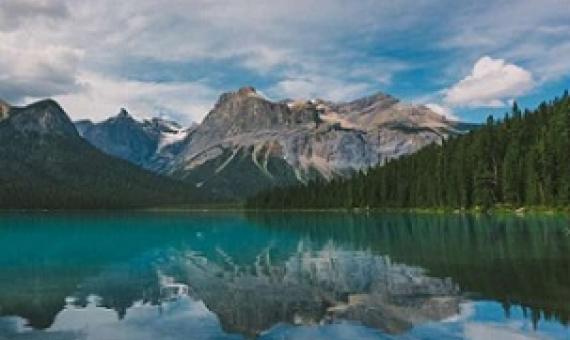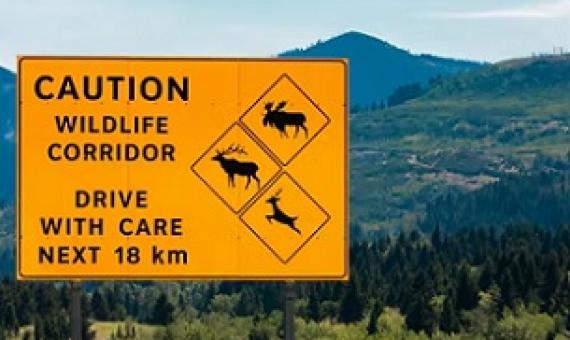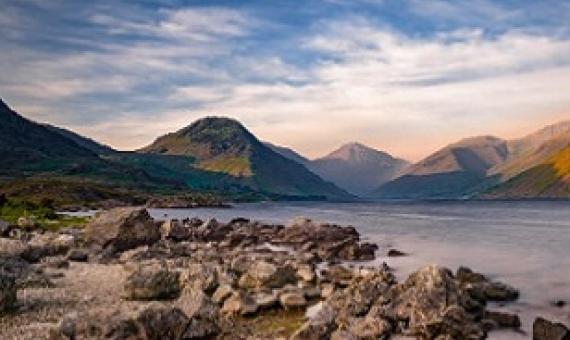In a new study published in Global Change Biology, Sean Parks, a research ecologist with the USDA Forest Service Rocky Mountain Research Station, Aldo Leopold Wilderness Research Institute, and his colleagues analyzed a database of global protected areas to see how well these n
Half of the planet’s non-human species are already on the move in response to climate change impacts on temperature, precipitation or the movement of other species...Traditional forms of species conservation have focused on well-defined, immovable boundaries to create national park
Safe passages for species adapting to climate change aren't always being protected, a new study by the University of Liverpool warns. With rising temperatures altering where species can survive, many are moving to newly hospitable patches further north.









